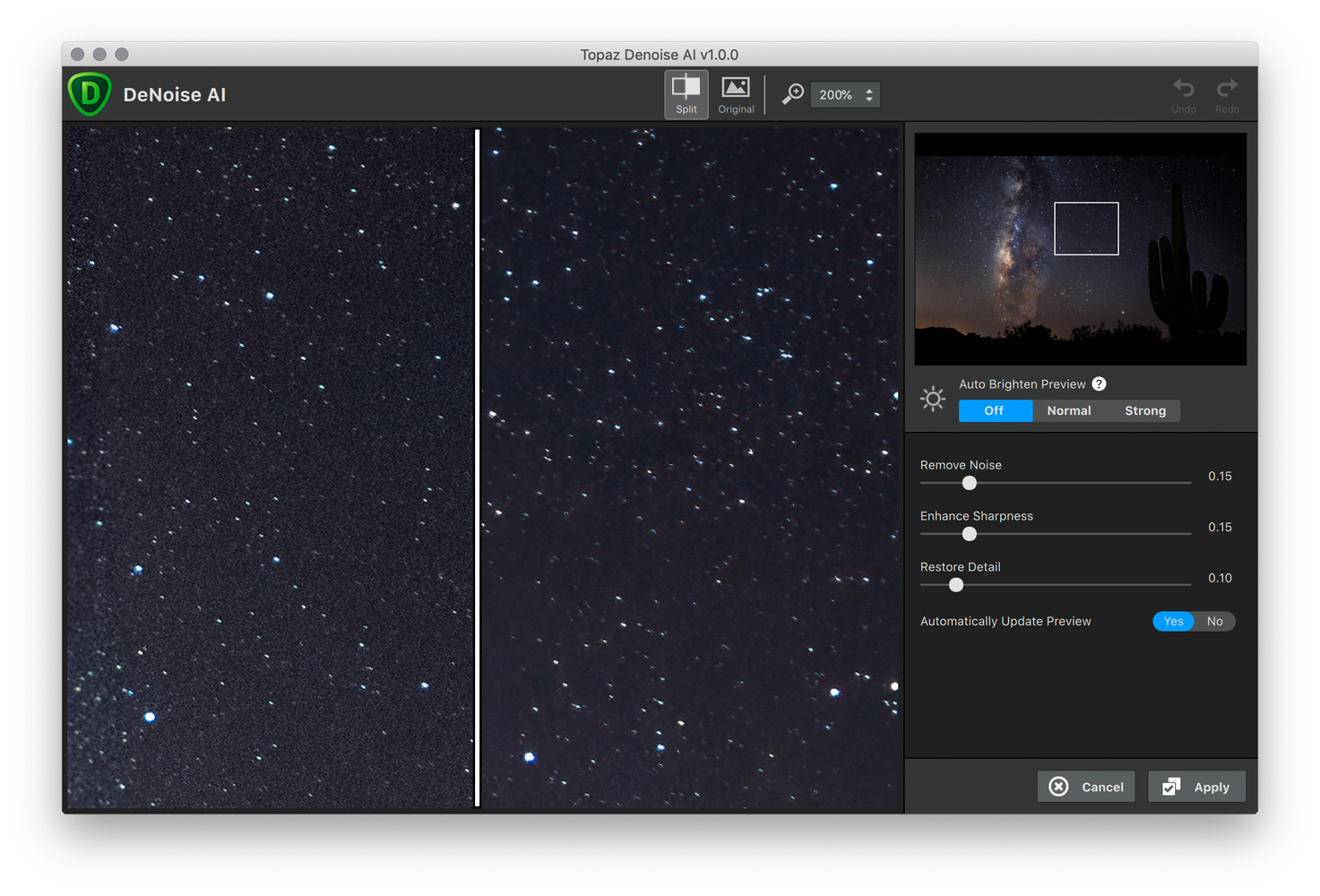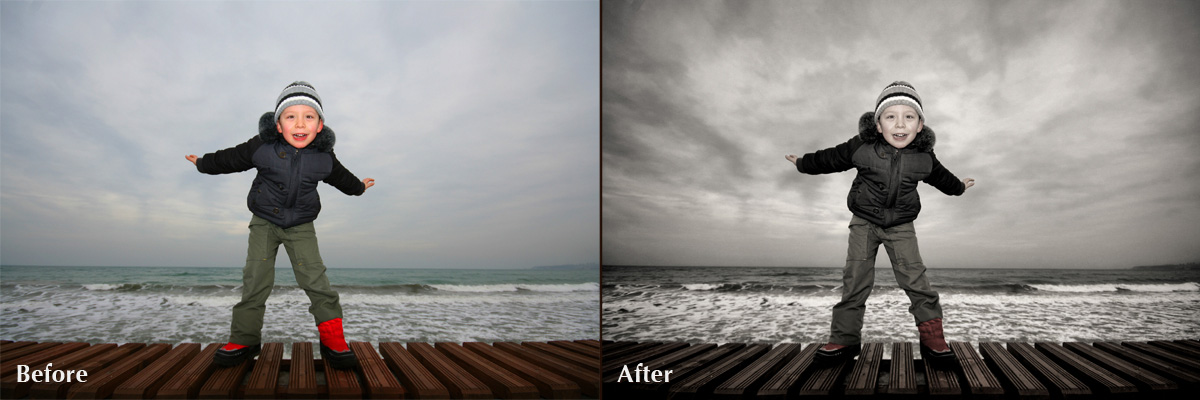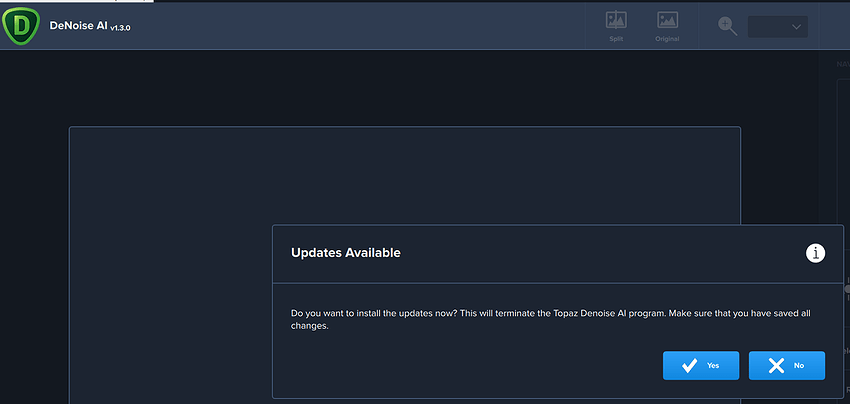
The mantra was always 'resize and sharpen' and that's the final stage. I also publish my pics to stock sites that only accept jpeg format of a certain quality regarding sharpening and noise, so if they are accepted I know I must be doing something right. I would never use DXO as from my experience it is inferior to Capture One in rendering RAW files necessitating more sharpening with resulting artifacts and lower IQ. It's all a matter of personal preference and requirements for the image. Using a JPEG file would never be my choice for applying noise reduction or sharpening, as that is a compressed, low color resolution format, and unless perhaps you have the minimum JPEG compression format it is certain to have compression artifacts which will confuse and deteriorate the Denoise and sharpening algorithms. So I would convert to JPG in Capture One then do the noise reduction in the Topaz Photoshop addin then do the sharpening or anything wlse that needs doing on a JPG file.

Topaz makes a good point about using it before you try any sharpening. Topax DN will work in ORF RAW files but it destroys the colour making it unusable you would have to try it to see what I mean.

This arrangement of editing features, coming from Adobe (whom I believe to be very knowledgeable on the subject of photo editing), suggests that removing noise be done sometime after exposure and other other adjustments. So.looking at Abobe LR for example, the Details tab (Sharpening, Luminance, and Chroma noise) is far down the list more toward the center/bottom of the list.Įxposure, white balance, Color/Sat, Contrast, etc., being at the top. I'm not arguing 'against' Topaz or anyone else's advice.I'm just going add my 0.02$.Ī lot of photo editors i've seen/used/trialed/demo/purchased suggest using the program (performing edits) in order of how the (adjustments) edits are arranged from top to bottom on the list(editing panel). However, I found that if the Sharpness as -2 and Noise Filter Off is not applied in Workspace then DeNoise AI can give rather over sharpened results on the tiff file. I personally prefer the output from Workspace on the raw file than Adobe direct hence the extra step. Then export as 16 bit tiff and open in PS and use DeNoise AI as the first step before applying any other edits. natural/vivid etc./gradation if that helps - then set Sharpness as -2 and Noise Filter Off. Use Workspace to develop the raw orf file - use a few broad adjustments like WB/Picture Mode e.g.
#Topaz denoise ai apply button not working software
Applying any kind of adjustments to the image confuses the noise reduction software and causes it to give you a subpar resultĪfter quite a bit of experimentation I do the following: See, in order to differentiate between noise and detail, noise reduction software have a very specific idea of what “noise” looks like and what “detail” looks like straight out of the camera.

This includes JPEG compression, Camera RAW or even in-camera noise reduction, sharpening, exposure adjustments, dodging and burning, “Psychedelic” presets, whatever.

The simple answer is to apply noise reduction before applying ANY other adjustments to the image. When to apply noise reduction is one of the most important and most overlooked aspects of effective image enhancement. Why, excellent question! This is actually a very important factor in the quality of the resulting image, whether you use built-in Photoshop noise reduction tools or third-party noise reduction software. Topaz recommend it is the very first thing to be done.īut then perhaps they would, but who knows, perhaps it's necessary for the DeNoise to do it's job properly?Īt what point in my post-processing workflow should I apply noise reduction? People deal with 'noise' at different stages of PP. There seems to be a lot of interest recently in DN, perhaps created by the discount.


 0 kommentar(er)
0 kommentar(er)
